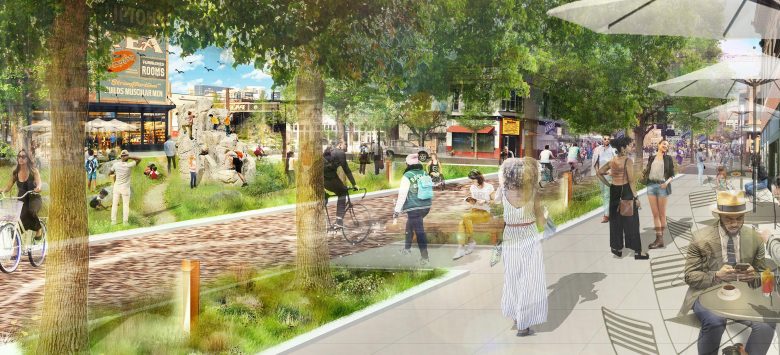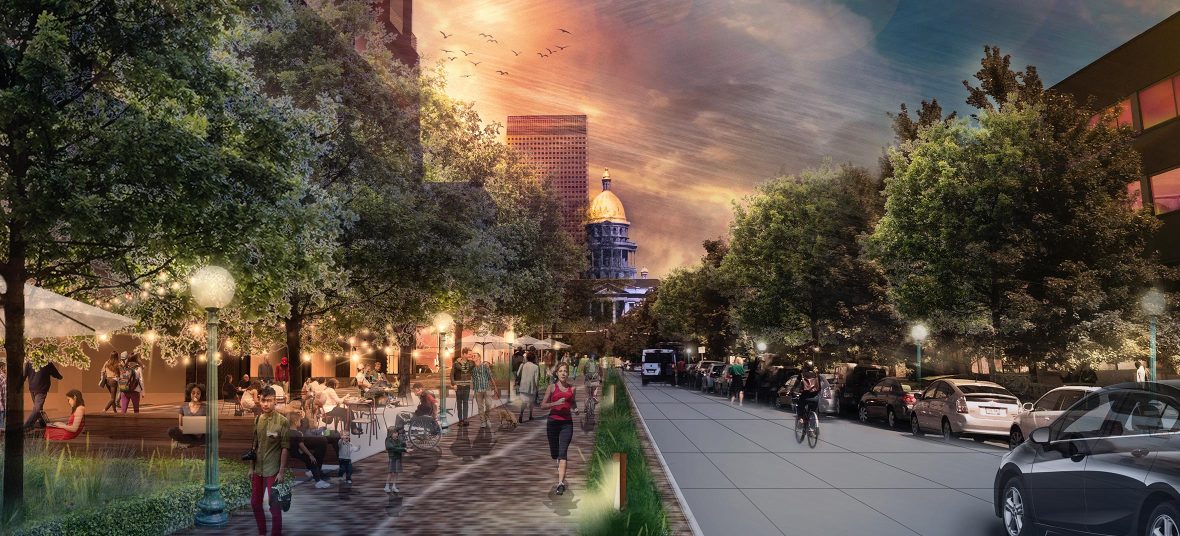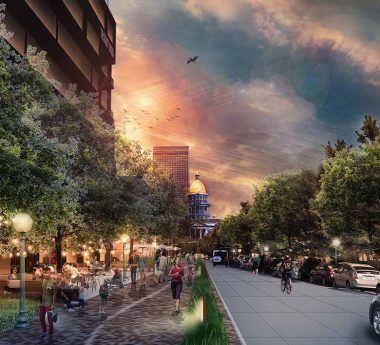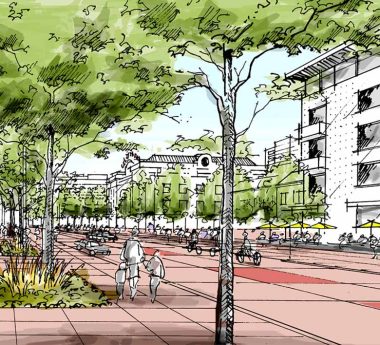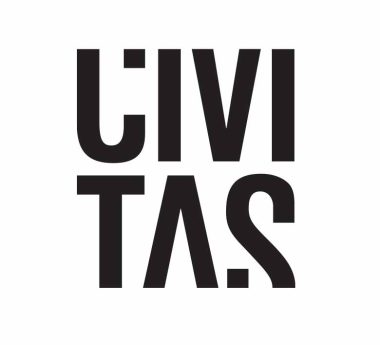Reconnecting the Public with the Public Space
5280 TrailDenver, CO—USA
Prioritizing people, health, culture and nature, the 5280 Trail is a new, distinctly Denver amenity that connects many vibrant and diverse city center neighborhoods through the urban outdoors, creating a powerful sense of place. This effort builds on the visionary ideas and goals identified in numerous city and neighborhood plans to reimagine and repurpose our shared public spaces, linking neighborhoods and connecting people.
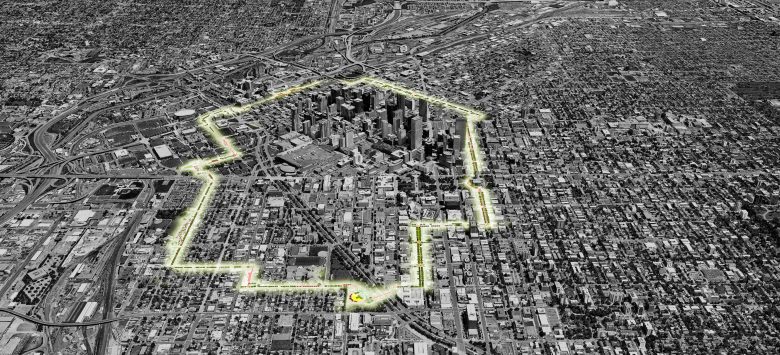
Defined by the six neighborhoods that it threads together
Capitol Hill & Uptown, Golden Triangle, La Alma-Lincoln Park, Auraria Campus, Wynkoop Street-LoDo, and Five Points-Ballpark-Arapahoe Square – the trail gets people out to experience these neighborhoods in new and different ways, with new perspectives.
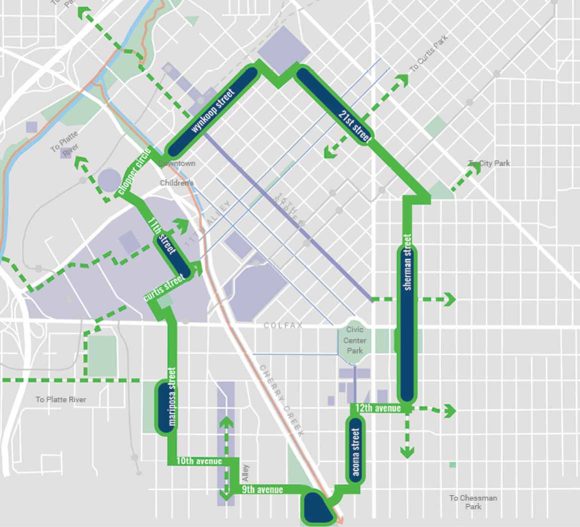
As a system of links and places that celebrate and connect neighborhoods, the 5280 Trail has the power to change your mental map of the city. People will be able to see and experience connections and proximities that they didn’t realize were there. It also levels the playing field for Denver’s diverse populations to share in this outdoor experience together. The trail makes Denver feel a little smaller and more intimate, and people immediately understand why connection can be so powerful.
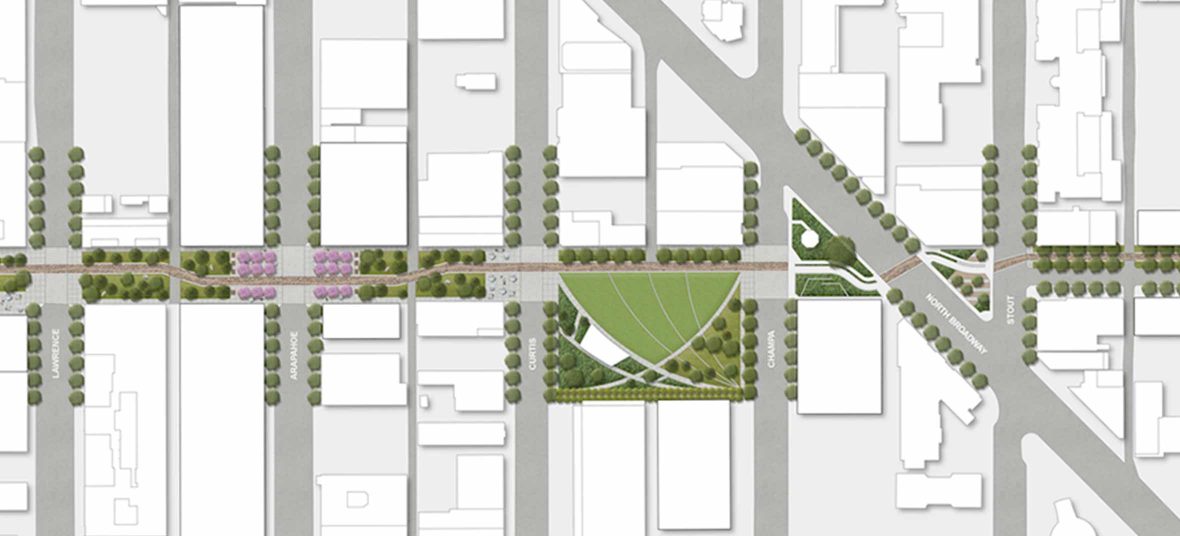
For this and any other civic project to be successful, it’s critical to appreciate that the public realm is not owned by the city. It’s owned by the public, and the city serves as its stewards. Community members can shape the public realm, using their collective voices to communicate what they need and want from their neighborhoods – what they want their neighborhoods to look and feel like.
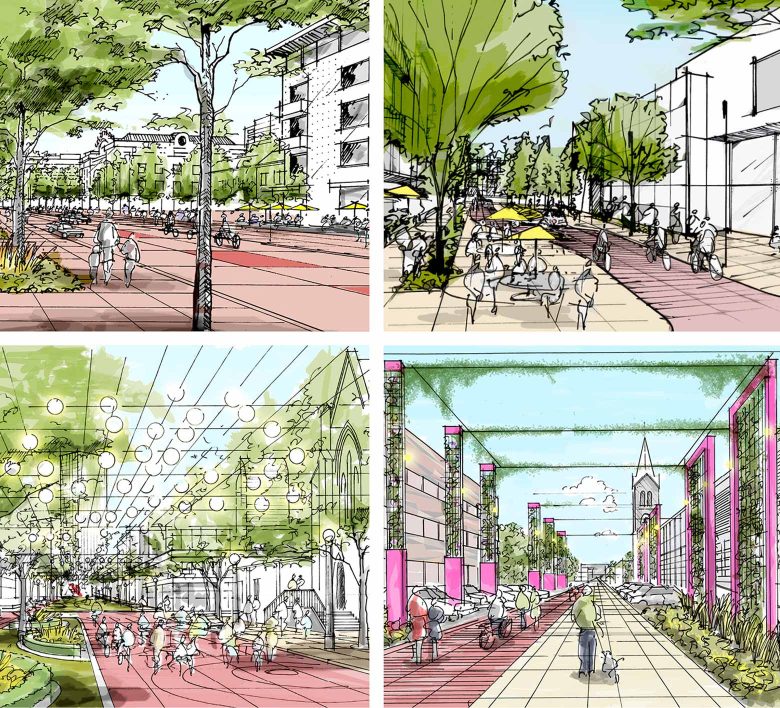
Bringing community identity to the surface
Through numerous public meetings, Civitas worked with each community to understand what was important for them to celebrate, the nuances of navigating a neighborhood by walking, rolling or biking to access schools, libraries and grocery stores, where their most beloved coffee shop or bakery was located, and what they desired to improve. This extensive research and community engagement has not only helped each neighborhood’s cultural identity rise to the surface and be understood. It has also helped to expand the attitudes about the 5280 Trail’s potential to change minds about what it means to be in Downtown Denver.
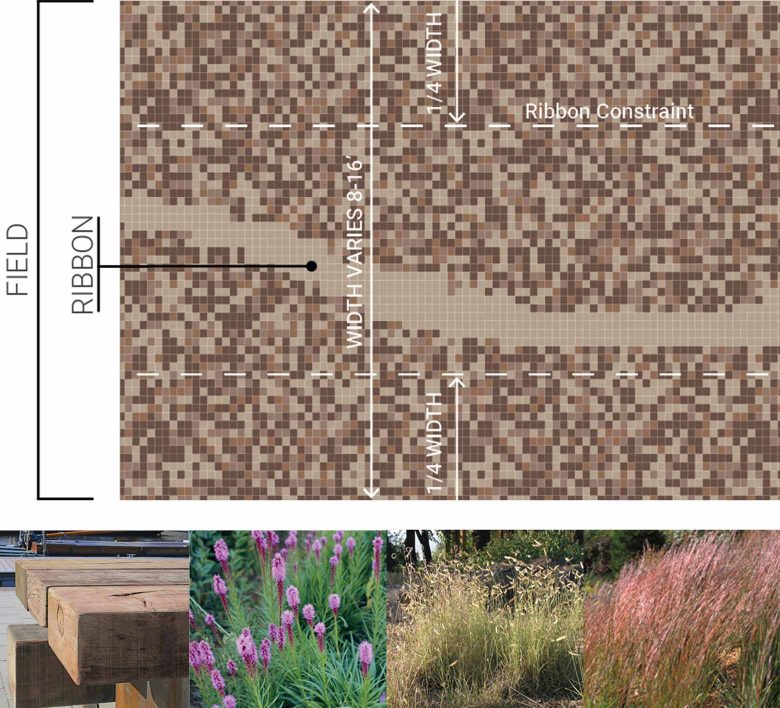
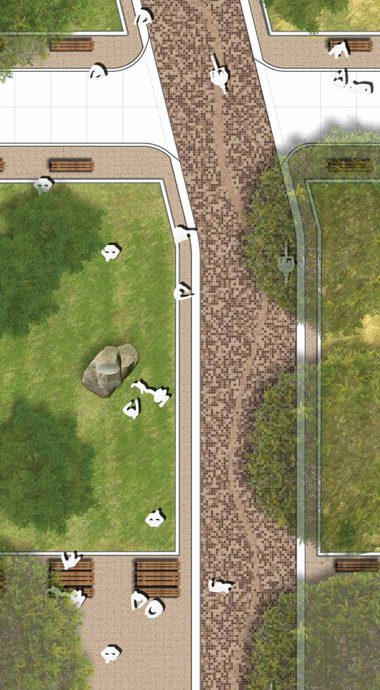
The primary components of the 5280 include Places, Links and Spurs and the extent to which the public right-of-way should be modified, ranging from removing a parking lane to removing vehicles altogether. Links are the trail itself and the consistent ribbon that weaves along the trail. Places are the specific parts of each neighborhood that the design helps to connect and call attention to by forming new neighborhood centers and gathering places through the use of unique, neighborhood-specific design elements.
-
5.280Mile Loop
-
6Neighborhoods
Civitas developed design standards and guidelines with the intent that the 5280 be a safe, beautiful ribbon that stitches together various unique districts and neighborhoods while not overpowering the character and soul of the community. A kit-of-parts including paving materials, vegetation, lighting and furnishings has been defined to create a continuous thread through the city, while also allowing each community the flexibility to express their own culture through design of public spaces and places. And overall, the guidelines establish design parameters and intentions that lead to more cohesive results as the trail is ultimately implemented by various design teams and contractors.
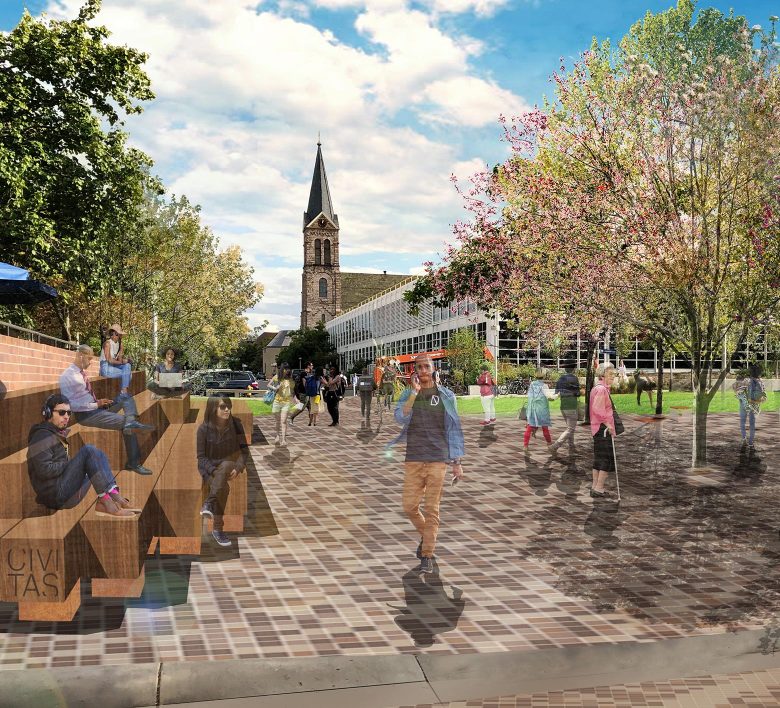
Softening the city
The design team was inspired by Denver’s outdoor lifestyle and by the mountain trail mentality that is so present in Colorado, and sought to mimic the simplicity and clarity of being on a mountain trail. It’s not unusual for conventional city elements to feel a little harsh, so the overarching design intent has been to soften the city, figuratively by making parts of each neighborhood more inviting to explore or gather within, and literally by using natural, softer materials as much as possible. Improving and/or creating more green space with native plant material and vegetation is a big part of that. Native grass mixtures and flowers will increase seasonal interest and attract birds, butterflies, bees and other pollinators. The aesthetic is less urban and more grounded in nature and in that outdoor lifestyle that inspired the design team.
